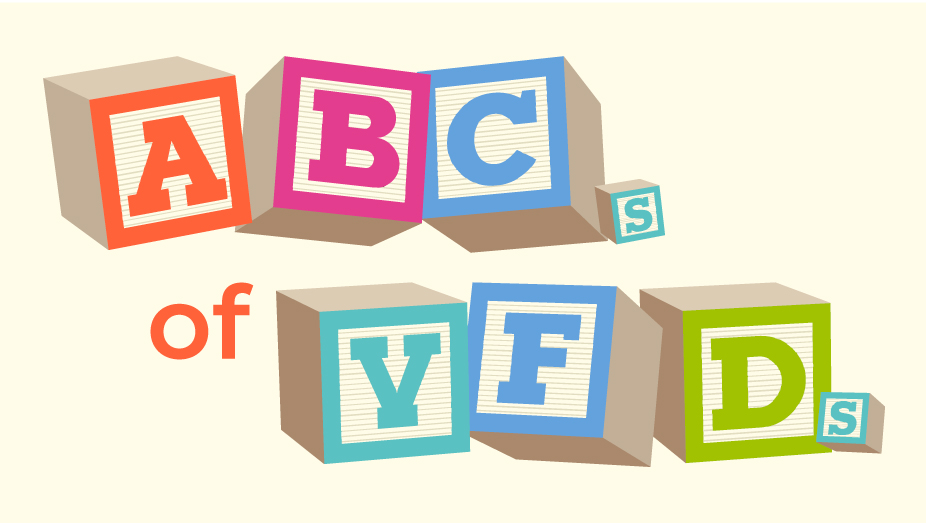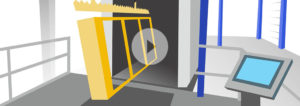Variable frequency drives, or VFDs, provide efficient use of power, allow for productivity and control under different types of torque loads, and more.
After some brief information regarding motor controllers and torque loads, let’s explore the ABCs of these beneficial solutions – the applications, benefits and cost savings.
Different Types of Motor Controllers and Torque Loads
The core types of motor controllers are across-the-line motor starters, which come in full voltage non-reversing and full voltage reversing, soft start/stop controllers, and VFDs.
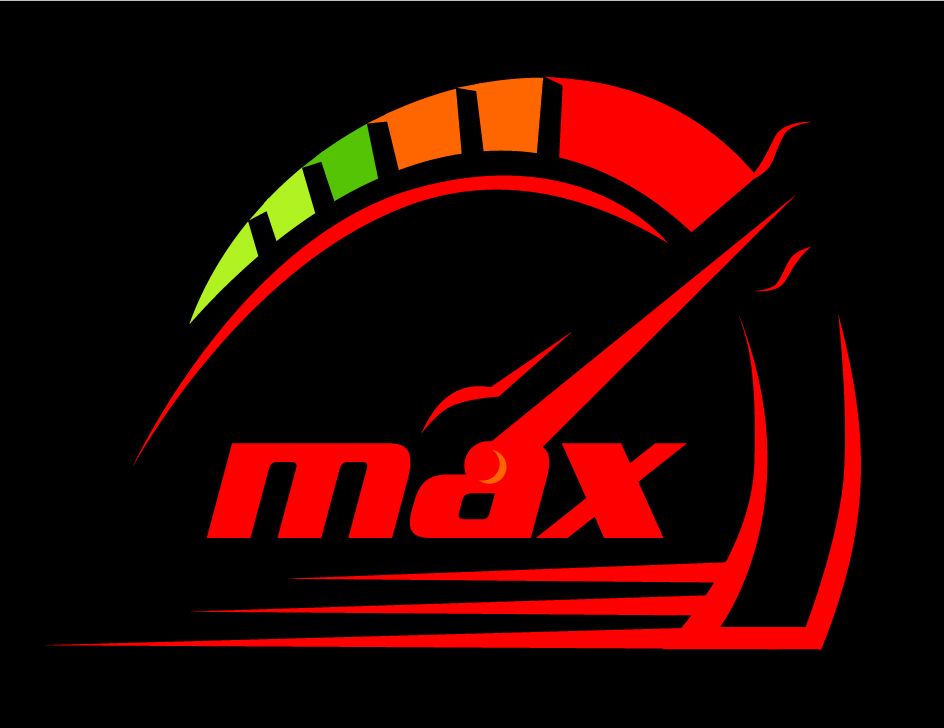
Across the line, full voltage starters send full voltage, typically 480VAC, to the motor – usually with an accompanying “clunk” that can even dim the lights. Essentially, these motor starters go “full throttle” as soon as they’re turned on.
That issue is slightly alleviated by soft start/stop motor controllers, which use a solid-state electronic device to ramp up the speed of the motor from 0 to 100% over a predetermined amount of time. It works the same way as it stops. This results in less wear and tear on the motor, but these still always go to full speed.
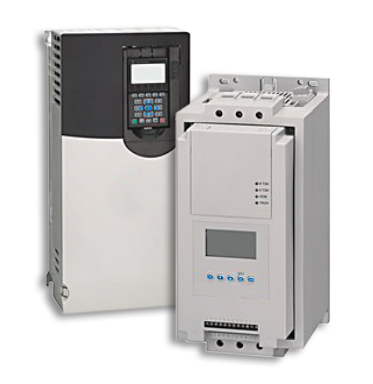 Finally, there are VFDs. Mountable in a motor control center or standalone, VFDs allow for the adjustment of motor speed over time, providing finer control while still realizing the benefits of less wear and tear on the motor.
Finally, there are VFDs. Mountable in a motor control center or standalone, VFDs allow for the adjustment of motor speed over time, providing finer control while still realizing the benefits of less wear and tear on the motor.
There are also two central types of torque load. Constant torque loads exhibit roughly the same requirements, regardless of operating speed, while variable torque loads exhibit torque requirements that rapidly increase alongside machine speed.
In constant torque load applications, energy use is roughly proportional to speed. In variable torque load applications, energy savings aren’t linear.
Applications, Such as Finishing Systems, Benefits, and Cost Savings
In comparing soft-start/stop controllers to VFDs, SS controllers are primarily used for energy savings and to prevent excess wear and tear on equipment.
However, in applications such as an IntelliFinishing system, VFDs provide those same benefits while also offering the ability to adjust speed as necessary and to smoothly accelerate and decelerate carriers of parts as they travel through various sections of a system.
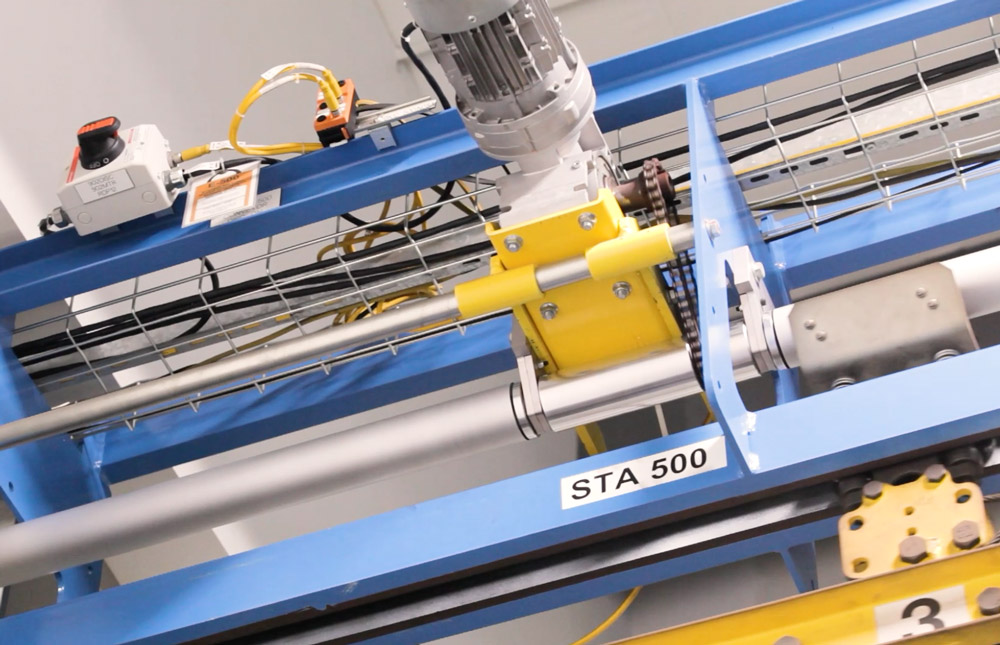 Ultimately, using a VFD on each motor controlling a section of friction tube conveyor on an IntelliFinishing system allows users to increase part density per carrier. This means more throughput in less time. This could amount to as much as 20% more throughput! Combined with the fact that most IntelliFinishing systems are monoplane in design, there are simply far fewer chances parts will bump each other as they wander through pressure washes, shot blasts, ovens, and booths for the typical finishing system set of processes.
Ultimately, using a VFD on each motor controlling a section of friction tube conveyor on an IntelliFinishing system allows users to increase part density per carrier. This means more throughput in less time. This could amount to as much as 20% more throughput! Combined with the fact that most IntelliFinishing systems are monoplane in design, there are simply far fewer chances parts will bump each other as they wander through pressure washes, shot blasts, ovens, and booths for the typical finishing system set of processes.
Of course, it’s possible to use VFDs on indexing monorail systems or power & free chain systems too and this would greatly help with the amount of part sway often seen on these systems. That said, when a carrier of parts de-dogs or dogs from power & free conveyors, the inertial forces may still cause parts to collide if sufficient spacing between parts isn’t considered.
For an IntelliFinishing system, carriers can move at varying speeds per section, come to complete stops, and even reverse direction if desired (perhaps for a deadhead turn or to back up into a spur that may be a touch-up booth or for systems designed with shuttles that allow parts to enter a process and then back up out of that process when done.)
There are many other cases in which a VFD can provide measurable benefits to finishing systems and process equipment, such as on shotblast and wash motors.
Though installation costs are higher and there are other special considerations, such as more training for techs performing maintenance and special considerations to take into account, the added flexibility and easing of wear and tear on motors, plus the increased throughput can alleviate those costs over the life of the system and provide significant ROI.
IntelliFinishing is here to help you determine if our VFD-controlled, friction tube conveyorized automated finishing system might be the best fit for your unique needs and application. To learn more, contact us today.hh
Related posts
Search this blog
Get email updates
Archives
- May 2024
- April 2024
- August 2023
- May 2023
- April 2023
- March 2023
- June 2022
- May 2022
- April 2022
- November 2021
- October 2021
- September 2021
- April 2021
- March 2021
- January 2021
- October 2020
- August 2020
- June 2020
- May 2020
- February 2020
- January 2020
- December 2019
- October 2019
- September 2019
- June 2019
- May 2019
- March 2019
- February 2019
- October 2018
- September 2018
- August 2018
- July 2018
- June 2018
- May 2018
- April 2018
- March 2018
- July 2017
- June 2017
- May 2017
- April 2017
- March 2017
- February 2017
- December 2016
- June 2016
- May 2016
- April 2016
- February 2016
- January 2016
- September 2015
- June 2015
- March 2015
- February 2015
- January 2015
- December 2014
- November 2014
- August 2014
- June 2014
- May 2014
- April 2014
- August 2013
- July 2013
- March 2013
- October 2012
- September 2012
- March 2011
- February 2011
- January 2011
- October 2010

